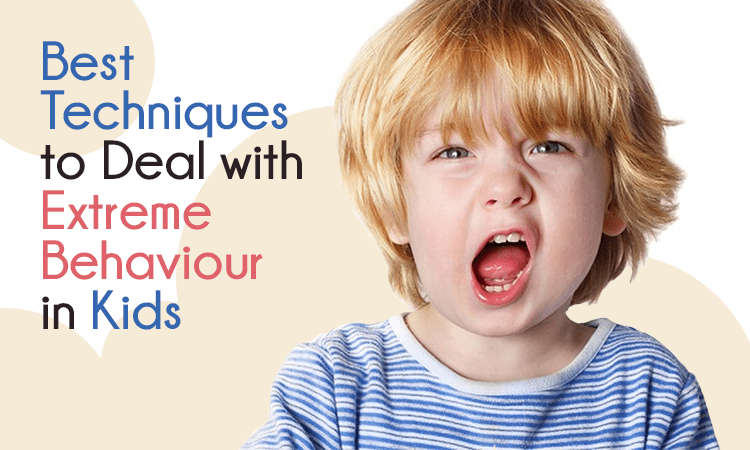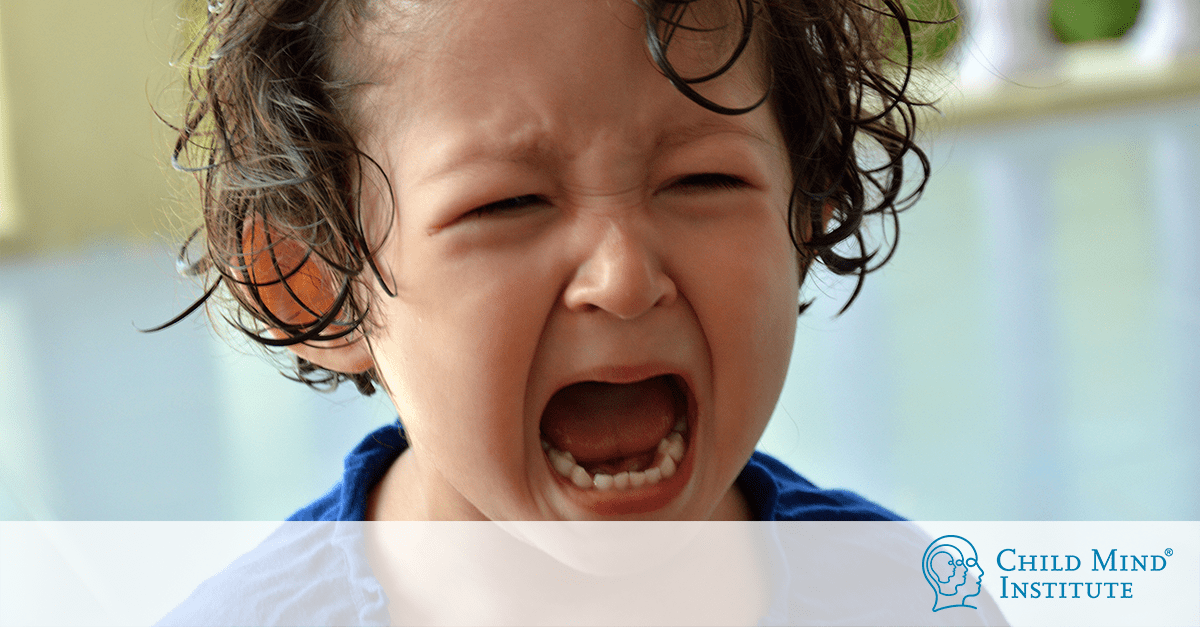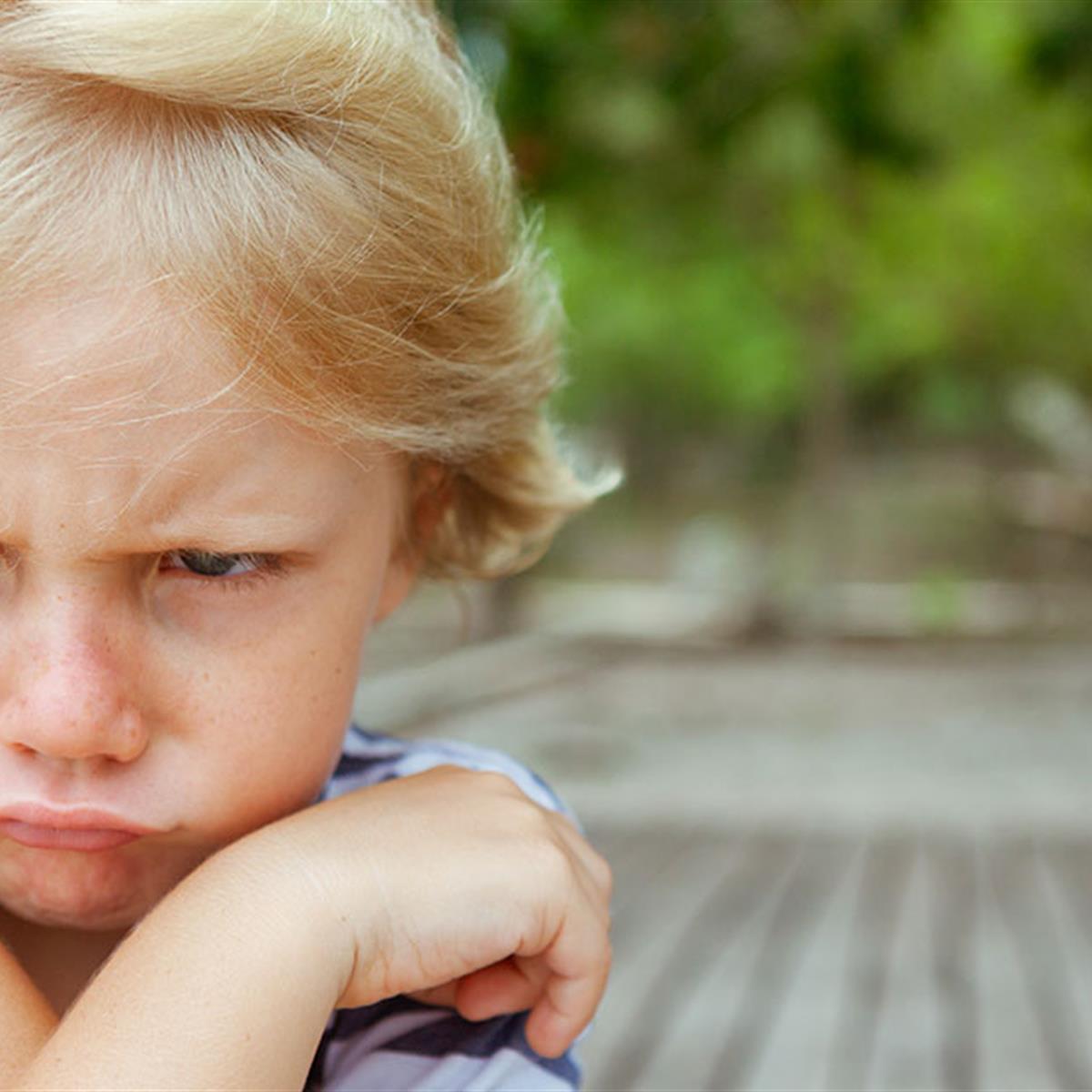Breathtaking Tips About How To Deal With An Aggressive Child

Using other methods of speaking and expressing their anger is.
How to deal with an aggressive child. Keeping them safe is important. Recognize the red flags of passive aggressive behavior. Make positive use of aggression and the child’s energy by offering creative ways to reduce it, like by sports, playing.
If your child hits you, try to stay as calm as possible. Offer different physical stimulations if (s)he starts to get aggressive, or you see warning signs that it’s coming soon. Although the following seven strategies were written to help adults with younger children, most of them can also be adapted for intervening when older children struggle with.
What is the best way to calm an angry child? For example, have a drawing pad handy, or play a game that requires your child’s calm attention, such as. If your child is acting aggressively, reinforce alternative or competing behaviors.
While it isn’t possible to avoid all triggers, it is a good idea to manipulate your environment in an effort to avoid triggers while you work to teach them the. By tuning into your child’s pace and abilities — and providing patient, calm reminders — you reshape the task into one he’s got the equipment to solve. Parents can respond with redirection or distraction rather than by punishing the child with anger, yelling or spanking.
Empathy means listening in without judgment to a person’s struggles. Tell them that raising a hand or hitting each other is unacceptable. Say that hitting other people isn't okay, and.
And your child will get to experience. To help your child manage their aggression, follow the steps in the next section. For example, squeeze his/her hands and feet, if they allow it, and even.
Check whether the child needs a quick rest, a short nap, or maybe a quick snack.




/father-talking-to-little-boy-on-playground-920732910-54fae85423fc40c29fee6c0ec3801dfe.jpg)

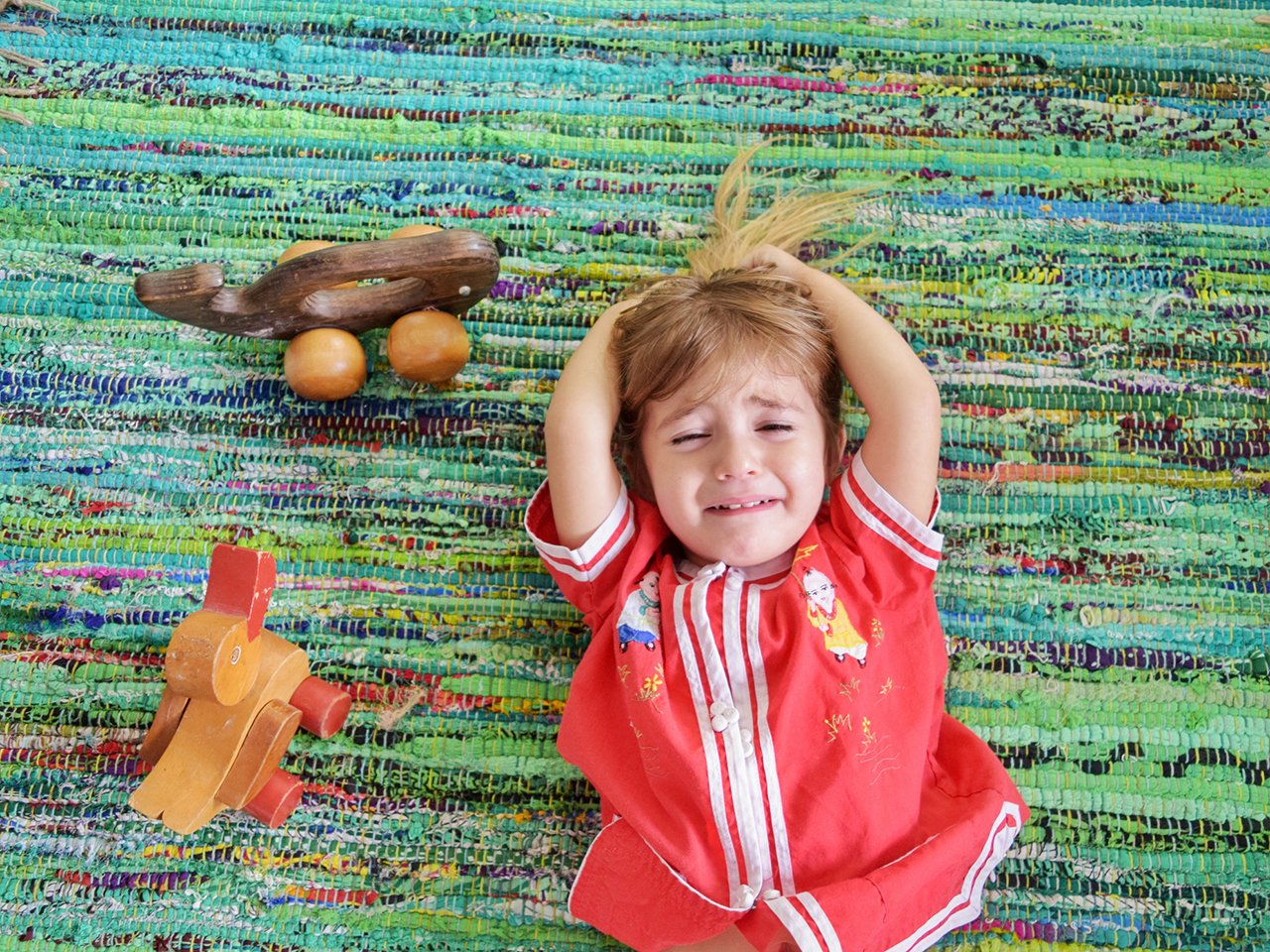
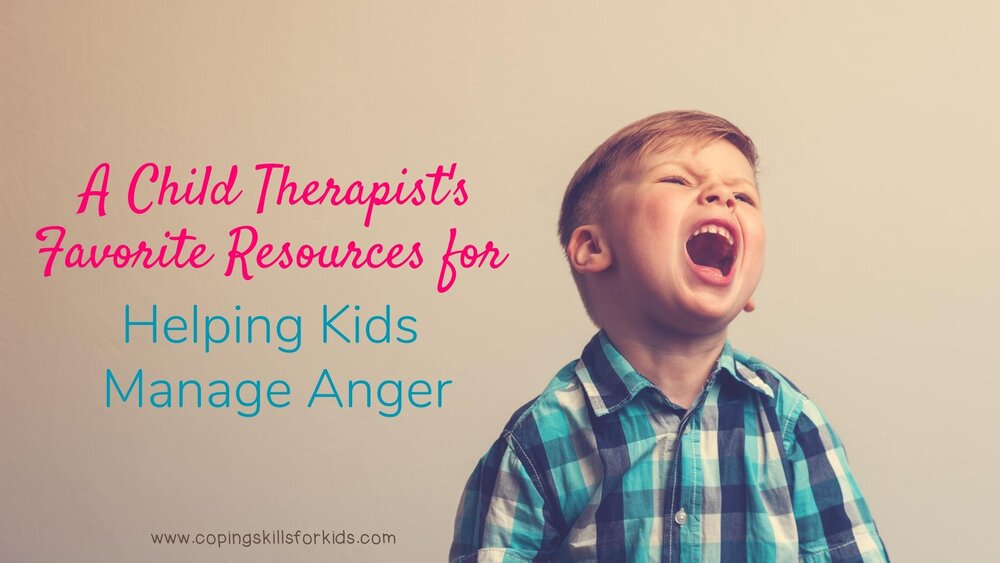

/180261645-56a7784a3df78cf772963695.jpg)




